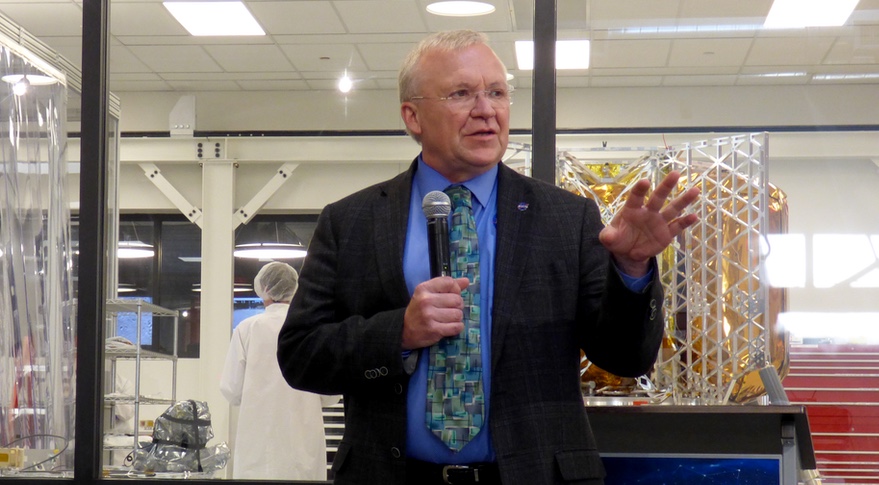WASHINGTON — A flat budget for NASA’s space technology programs is “very constraining” for the agency as it faces tough decisions about what efforts it can fund and at what amounts.
NASA received $1.1 billion for space technology in the fiscal year 2022 omnibus spending bill passed in mid-March. That is the same amount that space technology received in both fiscal years 2020 and 2021.
NASA had requested $1.425 billion for space technology in its proposal for fiscal year 2022. The House and Senate versions of appropriations bills fell short of that figure but did offer some increase, to $1.25 billion in the Senate’s version and $1.28 billion in the House. The omnibus version, developed by House and Senate appropriators, fell back to $1.1 billion.
“It’s still a really good budget for us, but it’s also very constraining for what we were hoping for,” Jim Reuter, NASA associate administrator for space technology, said at an April 22 meeting of the National Academies’ Space Technology Industry-Government-University Roundtable (STIGUR). “It’s a challenge for us.”
NASA is still working on an operating plan for fiscal year 2022, which must then receive congressional approval, so Reuter offered few details about how the reduced budget would affect space technology programs. However, he showed a chart that listed funding levels for some programs in the Space Technology Mission Directorate whose funding was specified in the omnibus bill, such as nuclear thermal propulsion and the OSAM-1 satellite servicing mission. When those programs are accounted for, the rest of the directorate will have $328 million to spend, compared to $705 million in the original budget request.
Proposed new projects will likely feel the brunt of the reduced budget. “There’s very little we can do on new activities in FY22, and we’ve pretty much pushed those all off to FY23,” he said.
That includes the Game Changing Development program within the directorate to advance technologies from lab concepts to complete prototypes. “That’s where the biggest growth we’ve been trying to get to over the last couple of years,” he said
Existing space technology programs, like many others at the agency, are facing cost growth and schedule delays linked to the pandemic and associated supply chain problems. “COVID has been hitting fairly hard. It’s a significant impact on costs,” he said, exacerbating the budget crunch the directorate faces.
Reuter, though, was hopeful about the future. NASA requested $1.438 billion for space technology in its fiscal year 2023 budget proposal released March 28. Near the end of the half-day STIGUR meeting, he sought input from members on how to build advocacy in the space technology community for the budget.
“I don’t mean to be complaining about it. It’s a great budget for us,” he said of the 2022 budget. “It’s just that we’re also optimistic in FY23 we can get back to a growth pattern.”
